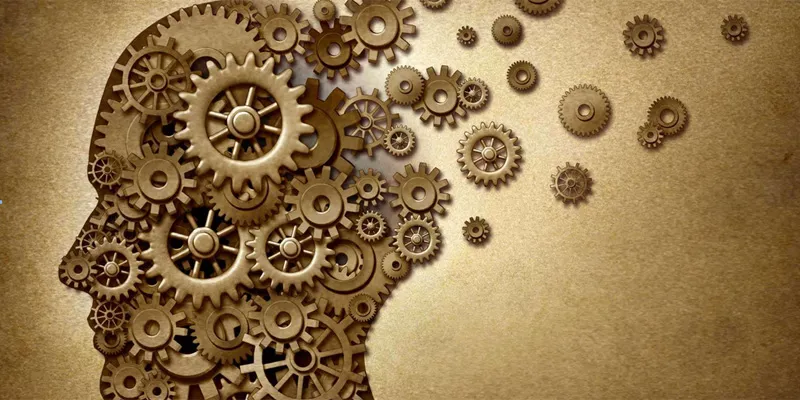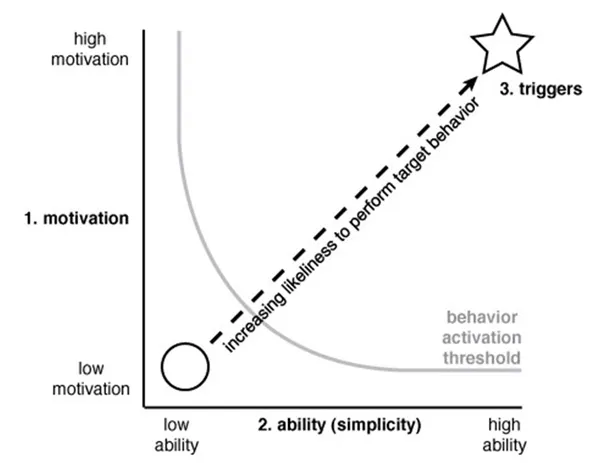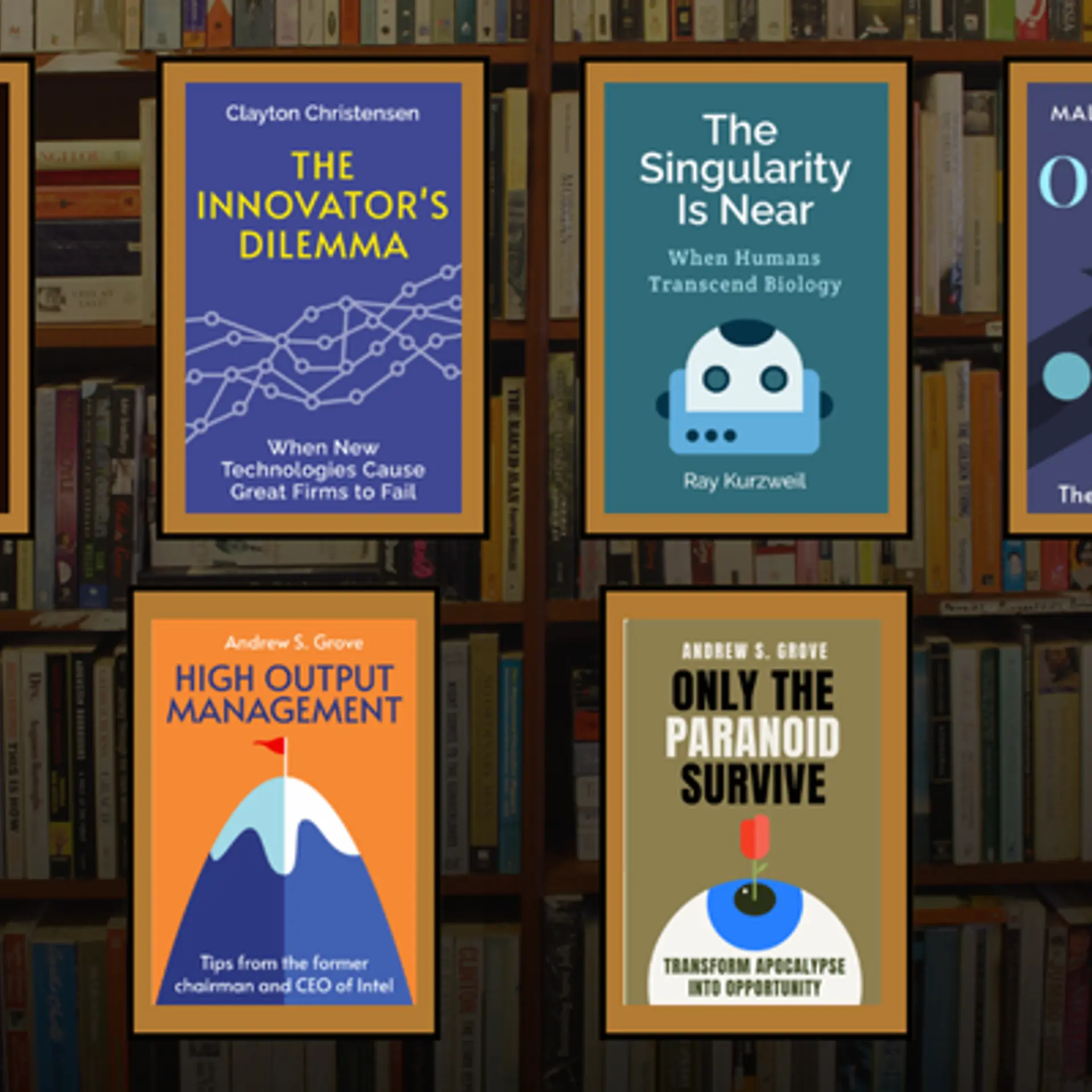How to get the customer to do what you want

Many of us have faced the challenge of creating a function or feature that needs the user to perform a certain action or behave in a certain way. Sometimes we succeed and other times we do not. But is there a way to say for sure whether a particular feature will be a hit? There are numerous theories that seek to address this problem but don’t offer a solution or are unstructured at best. So how do we define new functionalities and features, and be confident that they will succeed?

Dr. BJ Fogg, founder of the Persuasive Tech Lab at Stanford University, helped combine a ‘fuzzy mass’ of psychological theories into an organised model known as the Fogg Behaviour Model (FBM), which tries to explain the core factors that make people perform a particular behaviour. The model, as depicted in the above formula, argues that the following three things should occur simultaneously to drive a particular behaviour.
1. Motivation
This is the desire to do things. It is the force that helps you to get up at 5:00 am and go for a run. In the world of technology, a user will perform a difficult task if he is highly motivated. However, the motivation to do something can change over time and hence is not a static variable. It’s a function of many things, like a wave that has its crest and troughs. At the crest (high motivation) you can do the most difficult task like running a marathon; but at the trough, it might be difficult for you even to put on your running shoes.
2. Ability
This refers to the user’s ability to perform a certain task. You can also think of it as ‘simplicity’. How simple is it for user to do the task? By making things simple, you increase people’s ability to behave in a certain way. ‘Simple’ doesn’t necessarily mean physically simple, like the time or number of clicks to do something. It can also mean ‘cognitively simple’, i.e. easy for the brain. For example, on the movie ticket booking app, BookMyShow, it takes 7-8 steps to complete the ticket booking process yet almost 100 million users buy tickets via the app, annually. Why? They feel it’s a simple and seamless user experience, as all the steps are logical and they don’t have to think too much to book tickets. My other article discusses ‘cognitive load’ and the relevant models in more depth.
3. Triggers
Without triggers, the target behaviour will not be performed. There are various types of triggers, external and internal, that prompt us to do something.
a) Internal triggers
A very recent study showed that people suffering from clinical depression tend to check their emails more frequently. So depression, if the study is true, is an internal trigger to check emails frequently. Facebook relies on a person’s internal need for social acceptance, the need to connect with people, the need to know what is happening in other people’s lives, the need to overcome boredom, etc. These are all internal triggers that drive behaviour on Facebook. In general, internal triggers are stronger than external ones.
b) External Triggers
Push notifications on your phone are an example of external triggers. Here you have to ‘notify’ the user to perform the desired action. For instance, Facebook sends you an email and/or notification if you are tagged in somebody’s picture. That serves Facebook’s purpose of increasing their ‘active’ users and driving traffic to its site. The sound of an alarm is also an external trigger that prompts you to wake up at a particular time.
According to the FBM model, it is necessary for all three factors – motivation, ability, and triggers – to be present at the same time. Sometimes, there might not be enough motivation but the task is simple enough that the user still does it (see bottom right corner of the graph below). Sometimes the task can be hard but the user still does it because of high motivation (top left of the graph). However, tasks that are hard or complex, and where the user is low on motivation, will not elicit the desired behaviour (bottom left circle on the graph), even if there is a trigger. The point is to keep the task above the ‘behaviour activation threshold’.

So if you want to increase the likelihood of the user performing a specific action, you should try to position the action in the top right corner of the graph, i.e. the task required should have high motivation and high ability (easy to do). The further the task is situated towards the top right corner of the graph, the more likely that users will perform the task.
Now, for any task that you define, check the following (in order):
- Are the necessary triggers there? (Remember that internal triggers are much stronger than the external ones)
- Is the task or set of actions to be performed high on ability, i.e. easy / simple to perform?
- Will motivation be high enough?
Case study
Consider the problem of ‘cart abandonment’ on an e-commerce site, i.e. users are abandoning the cart without making the final purchase. You want to change this behaviour and reduce the cart abandonment rate. How? The short answer is: increase motivation, make the checkout process simpler, and add triggers – all at the same time.
- Setting up triggers: Prompt the user to return to his cart and complete the purchase. ‘Trigger’ this behaviour with emails, push notifications, etc mentioning that the user has left the product in his cart and, if purchased now, will get some discount or special benefit.
- Increasing ability: Make the checkout form simpler; reduce unnecessary fields; and if you have the user’s details, make the checkout one click. This makes the buying task very simple (high on ability).
- Increasing motivation: The user already has the intention to buy, given that he added the product to his cart. You can increase his motivation to complete the purchase by offering discounts. Thus the user is further motivated by the prospect of getting something for a lower price and saving money. If there is limited stock of the particular product, you can tell the user (via a trigger) that the item in his cart is about to sell out. This increases motivation and demand as a result of low inventory.
Hence, to solve the problem of cart abandonment, three things – a trigger (e.g. email or push notification), motivation (e.g. discount), and ability (e.g. one-click checkout, shorter forms) – are all happening at the same time to drive the desired user behaviour.
This is a very powerful tool to define new initiatives and can be used to solve all kinds of problems. Mail me at [email protected] if you are struggling with any such product issues. Would be happy to help!
(Disclaimer: The views and opinions expressed in this article are those of the author and do not necessarily reflect the views of YourStory.)







